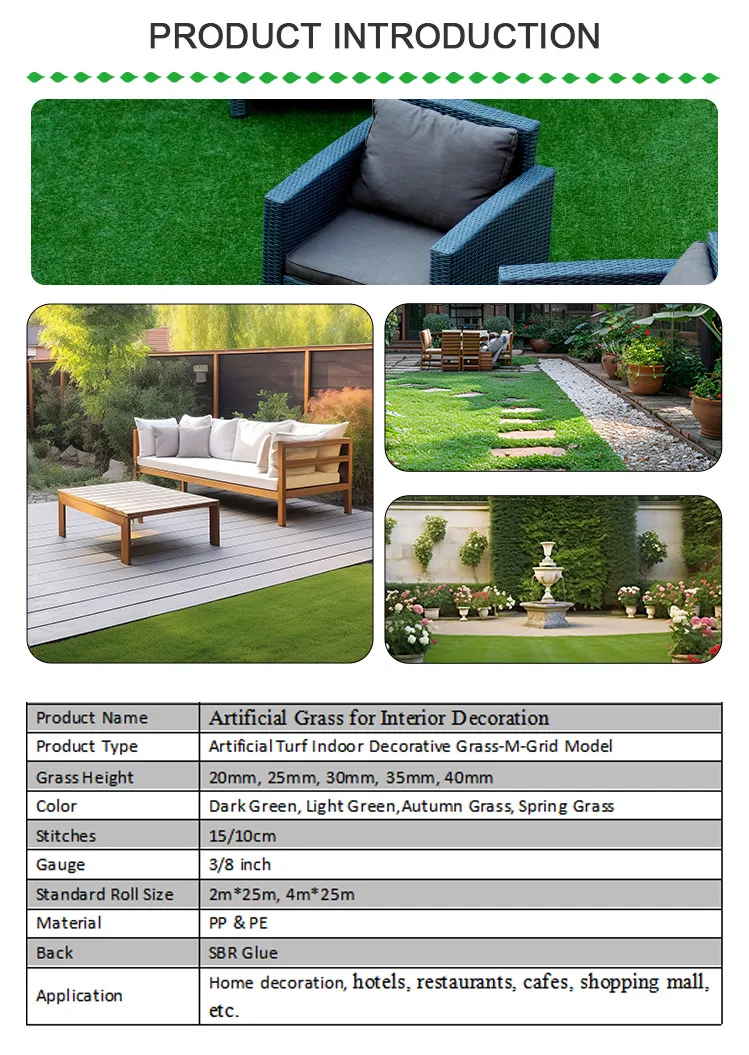
- Afrikaans
- Arabic
- Belarusian
- Bengali
- Czech
- Danish
- Dutch
- English
- Esperanto
- Estonian
- Finnish
- French
- German
- Greek
- Hindi
- Hungarian
- Icelandic
- Indonesian
- irish
- Italian
- Japanese
- kazakh
- Rwandese
- Korean
- Kyrgyz
- Lao
- Latin
- Latvian
- Malay
- Mongolian
- Myanmar
- Norwegian
- Persian
- Polish
- Portuguese
- Romanian
- Russian
- Serbian
- Spanish
- Swedish
- Tagalog
- Tajik
- Thai
- Turkish
- Turkmen
- Ukrainian
- Urdu
- Uighur
- Uzbek
- Vietnamese
Exploring the Benefits of Football Turf Fields for Enhanced Performance and Safety
Nov . 29, 2024 15:01 Back to list
The Evolution and Impact of Football Turf Grounds
In the world of sports, the playing surface can profoundly influence the quality of the game, the safety of the players, and the overall experience for fans. Among various sports, football has seen significant advancements in its playing surfaces, especially with the introduction and evolution of artificial turf. This article explores the significance of football turf grounds, their development over the years, and the myriad benefits they provide to players, clubs, and communities.
Historically, football was played on natural grass, a surface revered for its aesthetic appeal and traditional roots. However, natural grass comes with a myriad of challenges it requires extensive maintenance, is susceptible to weather conditions, and can suffer from heavy use, leading to uneven playing fields. These issues prompted the exploration of artificial alternatives, which eventually led to the creation of synthetic turf.
The first generation of artificial turf emerged in the 1960s, with AstroTurf being the most recognized brand. Initially designed for indoor sports, it gradually transitioned to outdoor use. However, early versions of synthetic turf were often criticized for being hard and unforgiving, resulting in concerns over player safety. As football leagues and clubs began to adopt these surfaces, the industry quickly recognized the need for improvements.
Advancements in technology have drastically transformed the composition and feel of synthetic turf. Modern football turf grounds consist of a blend of polyethylene and polypropylene fibers, carefully designed to mimic the texture and comfort of natural grass. Additionally, infill materials, such as crumb rubber, have been incorporated to enhance shock absorption and cushioning, improving the overall playing experience while reducing the risk of injuries.
One of the most significant advantages of football turf grounds is their durability
. Unlike natural grass, which can suffer from wear and tear, especially during harsh weather conditions or heavy use, synthetic turf can withstand the rigors of constant play. This resilience allows for a greater number of games and practices to be held without the risk of damaging the field. Consequently, clubs and communities with turf fields can offer more extensive training opportunities and allow for greater engagement in the sport.football turf ground

Another critical benefit of football turf grounds is their low maintenance requirements. Natural fields necessitate regular mowing, watering, fertilization, and pest control, all of which can be both time-consuming and costly. In contrast, synthetic turf fields typically require minimal maintenance, primarily involving surface brushing and occasional cleaning. This efficiency not only saves time and resources but also enables facilities to allocate funds towards other essential areas, such as coaching or community outreach programs.
Moreover, football turf fields can be utilized year-round, independent of seasonal constraints. In regions where harsh winters often render natural grass fields unusable, artificial turf provides a reliable solution, allowing for continuous play and training. This year-round availability promotes player development and helps maintain enthusiasm for the sport, fostering a more vibrant football culture.
The environmental impact of synthetic turf is also a point of discussion. While concerns regarding the ecological footprint of turf materials have been raised, recent innovations focus on creating eco-friendlier alternatives. Numerous companies are now dedicated to producing sustainable artificial turf made from recycled materials, contributing positively to environmental conservation efforts.
The integration of football turf grounds into community parks and schools has broadened access to the sport. These facilities often emerge in areas with limited resources, offering children and adults a safe and versatile space to engage in physical activity. Not only do turf fields provide a venue for organized games, but they also encourage informal play, promoting a love for the game among new generations.
In conclusion, football turf grounds represent a significant evolution in the world of sports. The advancements in synthetic turf technology have addressed many of the limitations of natural grass, providing a durable, low-maintenance, and versatile playing surface. As communities continue to invest in these facilities, the impact on player development, community engagement, and the overall popularity of football is sure to grow. With ongoing innovations and a commitment to sustainability, the future of football turf grounds looks promising, ensuring that the beautiful game can thrive for generations to come.
-
The Benefits of Artificial Turf for Indoors
NewsJul.15,2025
-
How Artificial Grass Suppliers Ensure Quality Products
NewsJul.15,2025
-
Artificial Grass and Pets: A Space for Relaxation
NewsJul.08,2025
-
Balcony & Outdoor Decoration with Artificial Grass
NewsJul.08,2025
-
Best Indoor Artificial Grass for Home
NewsJul.07,2025
-
Best Pet Turf for Dogs: Safe & Durable Artificial Grass Options
NewsJul.07,2025
Products categories









